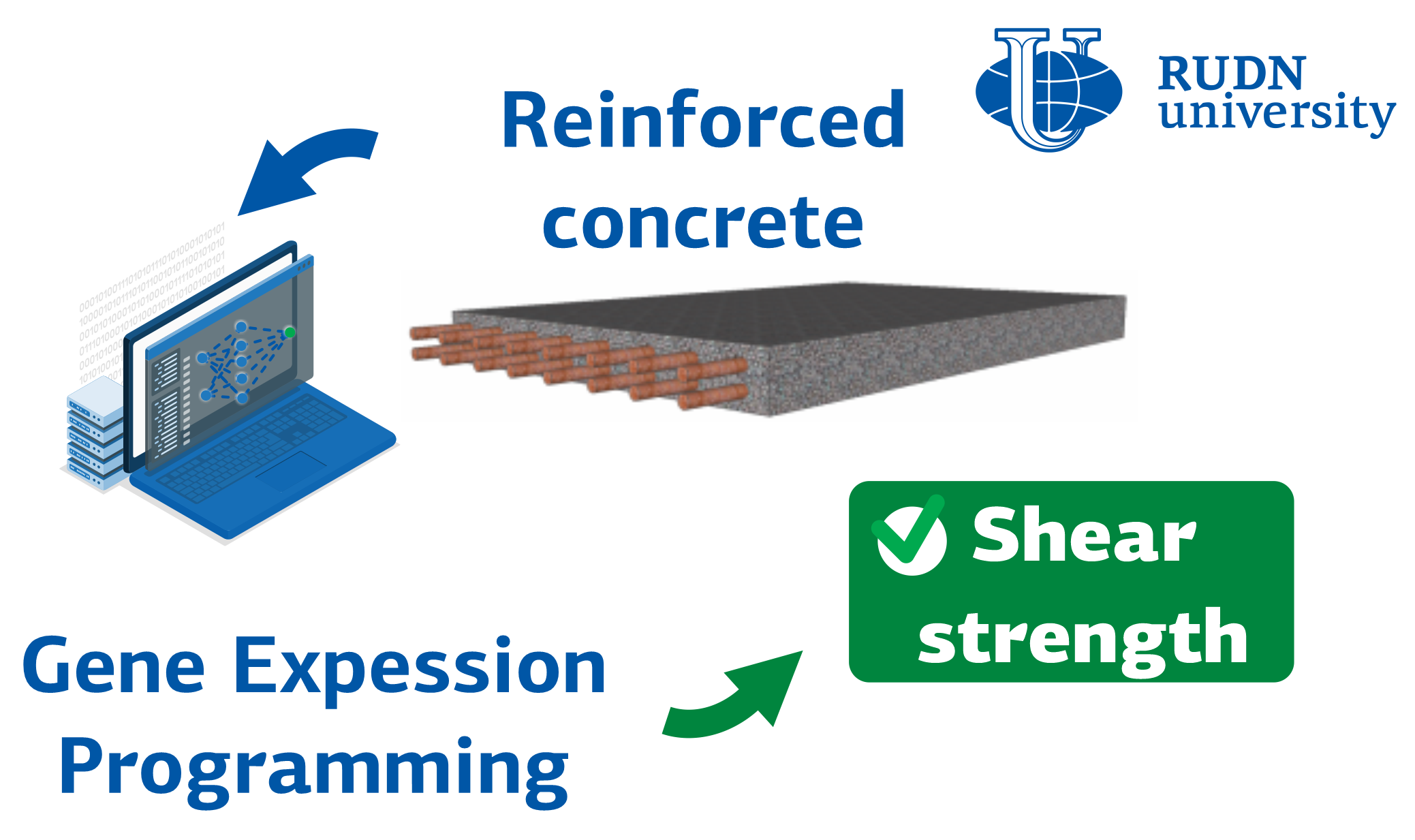Reinforced concrete structures in low buildings and other structures make them resistant to side loads. In engineering terminology, this is called shear strength. There are several models to calculate the shear strength of reinforced concrete. All of them are empirical, that is obtained experimentally. There are instructions to calculate the required strength. However, reinforced concrete can have a different design and the shear strength also changes. And instructions are not available for all existing types. A RUDN professor with colleagues from Pakistan created an artificial intelligence model that determines the shear strength for any type of reinforced concrete.
“Modern design standards contain separate equations for the shear strength of various types of reinforced concrete walls. However, there is a significant variation in strength due to the large discrepancy in the data. Therefore, our goal was to develop a program for predicting shear strength,” said Kazem Reza Kashyzadeh, Professor, Department of Transport, RUDN University.
Scholars used data from 646 experiments. From this set, 60% of the data was randomly selected and used to train the model. The rest of the data became the basis for its verification. RUDN professor used the so-called programming with gene expression. The results of the model were compared with analogues.
The new model was the tenth in a series of similar solutions and showed the best result. The determination coefficient turned out to be closest to unity, the maximum possible value. In the new model, the coefficient of determination is 0.96, while for analogues it does not exceed 0.89. The average absolute error also turned out to be the best, 23% versus 25% in the previous best model. At the same time, RUDN engineers named several parameters that affect shear strength. For example, the height of a wall reduces strength, while more frequent reinforcement increases it.
“We compared the model with 9 existing empirical models. The results show a significant improvement. An important advantage of our model is that it alone can effectively calculate the shear strength for different types of structures. The proposed model provides a better forecast than existing models and should become the basis for calculation instructions,” said Kazem Reza Kashyzadeh, Professor, Department of Transport, RUDN.


